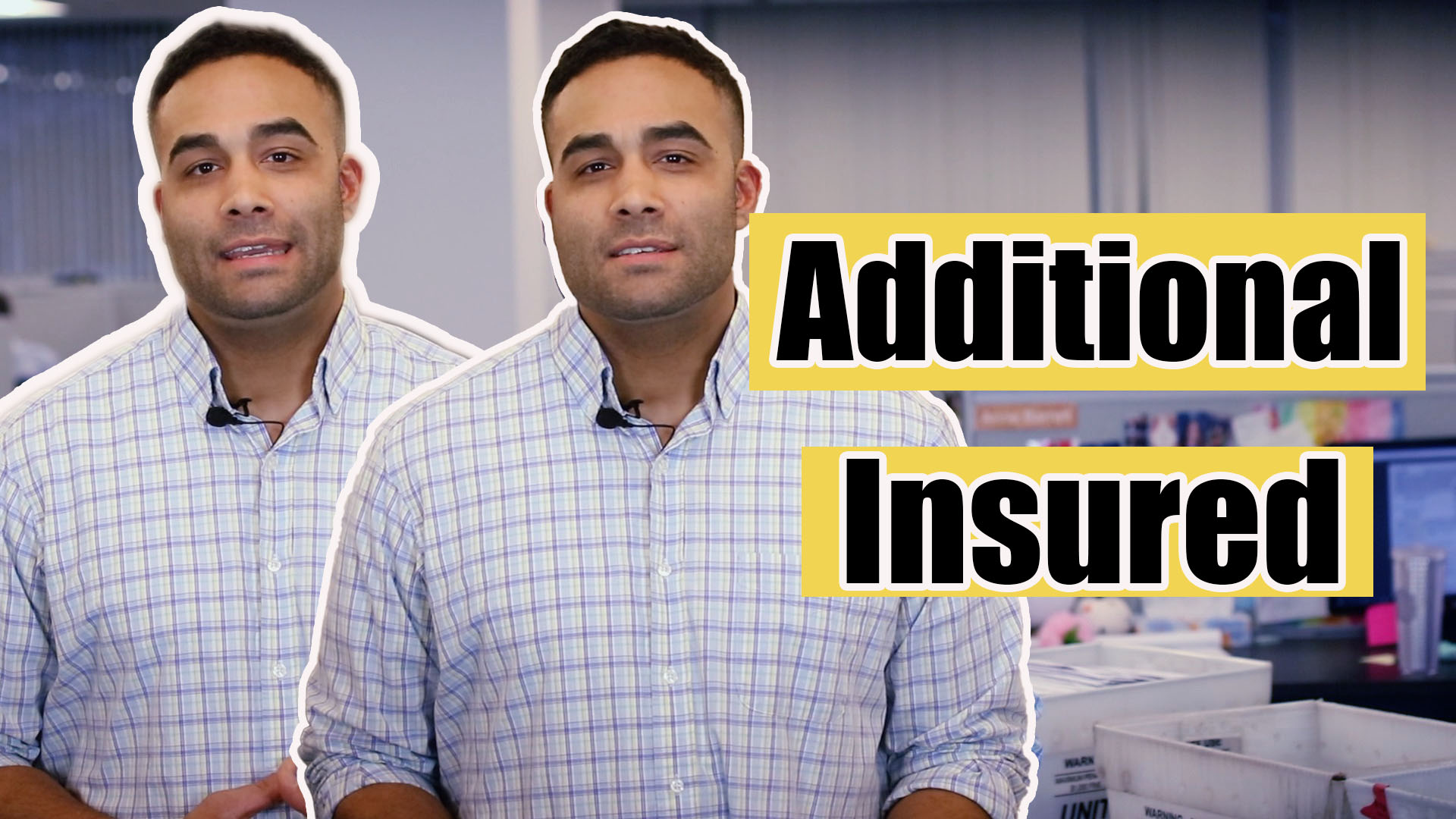
How to Review Language in Hold Harmless Agreements
Hold harmless agreements almost always appear in construction contracts to protect the project owner should the action, inaction, or negligence of a contractor or subcontractor cause losses or damages. This obligation runs parallel to any insurance that the contractors maintain, and often provides a mechanism to trigger the contractor’s insurance on behalf of an owner, especially if the additional insured obligation fails due to incorrect endorsement language.
The following is an overview of the various types of hold harmless agreements you may encounter in construction contracts, and a list of details required for hold harmless risk transfer.
3 Types of Hold Harmless Agreements
How a hold harmless agreement mitigates risks depends on its wording and usage. Here’s a breakdown of the three types of hold harmless agreements, and when you should utilize them as a part of your risk management protocols.
1. Broad Form
Party providing indemnification assumes all related liability for:
- Accidents
- Contractor’s Own Negligence
- Owner’s Negligence
- Combined Negligence of Contractor & Owner
That’s a lot of indemnity for one party. In fact, it’s so much that many jurisdictions restrict the use of broad-form hold harmless language. Contractors entering into this type of agreement should work with legal and insurance professionals to mitigate the risk associated with such all-encompassing terms.
2. Intermediate Form
Party providing indemnification assumes all liability for:
- Accidents
- Its Own Negligence
The indemnifying party does not assume liability for accidents caused by the other party’s negligence. Such responsibility is entirely dependent upon which party is accountable for the incident.
With this type of hold harmless language, each party assumes liability commensurate with their involvement or negligence regarding an event. Due to its balanced nature, the intermediate form is the gold standard of these agreements, and among the most popular.
3. Limited Form
Party providing indemnification assumes liability for:
- Accidents & Negligence Only, in Limited Form
These agreements hold another party harmless, to the extent that the indemnifying party is at fault. Degree of fault is calculated as a percentage, and payouts are decided accordingly.
Required Information
When preparing hold harmless language, be sure to review and include:
- Name of Indemnified Party to be Held Harmless
- Name of Indemnitor, the Party Offering Protection
- Category of Protection Provided
- Date Range Wherein Agreement Is Active
Beware: Contract language is often subtle, and a court may interpret it differently than a layperson. If you currently track and review documents in-house, we recommend working with legal counsel and insurance professionals to ensure that you address considerations from both sides.
how bcs helps
bcs's full-service option includes insurance document review for your policies and other contracts. Additionally, you can opt for a complete audit from our in-house experts to maximize your risk management efforts. Unlike other insurance tracking companies, bcs will not only collect and track your insurance documents, but also review and correct them.
Both the full- and self-service solutions also include the bcs app, which can track an unlimited number of certificates of insurance.
Ready to get started? Schedule a demo today.
Subscribe Now
Learn from the pros about risk-mitigation, document tracking, and more, with expert articles from bcs.






Leave a comment